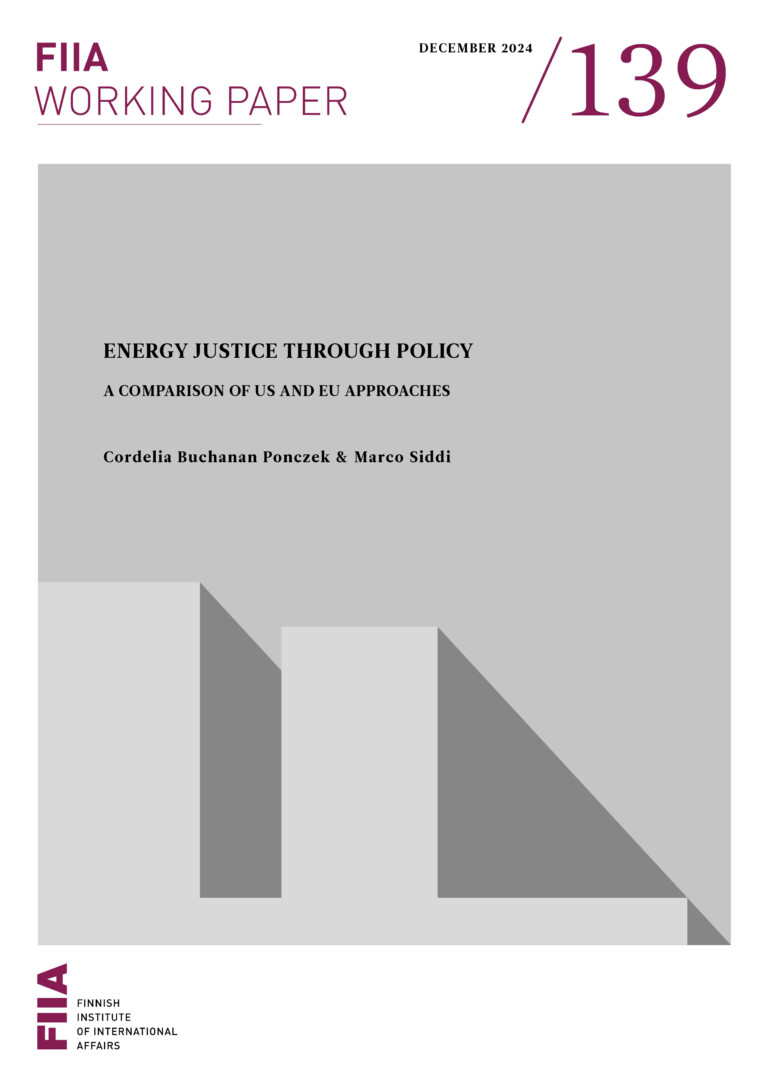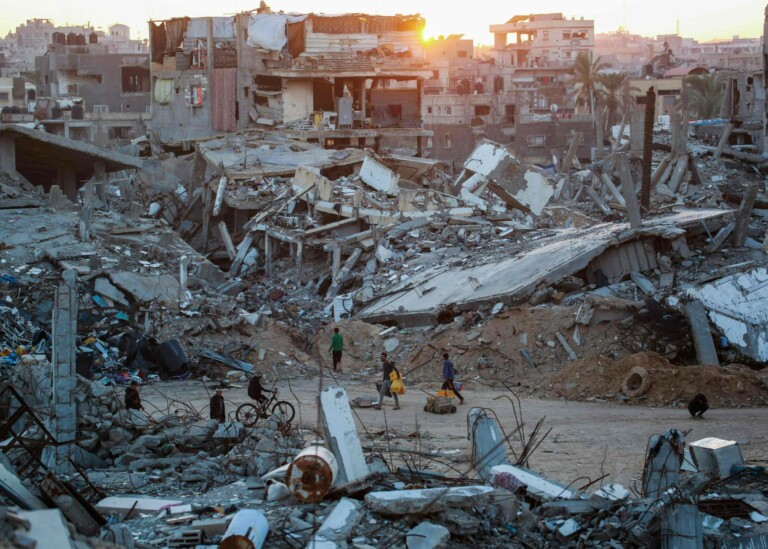The EU should focus on its civilian crisis management missions in the Occupied Palestinian Territory in order to contribute to lifting the Gaza blockade. In this way, the EU could also promote the ‘bottom-up’ confidence-building needed to find a sustainable solution for Gaza.
The latest war in Gaza between Israel and Hamas ended with the Egypt-brokered ceasefire agreement at the end of August. The European Council expressed its deep concern about the disastrous humanitarian situation in the Gaza Strip, and reiterated in its Conclusions on 31 August the EU’s readiness to “contribute to a comprehensive and sustainable solution”, which would aim at lifting the Gaza closure and bringing about a “fundamental improvement” in the living conditions of the Palestinian people living in the Gaza Strip.
Further, the EU stated that the Gaza opening should be supported by an international monitoring and verification mechanism in order to ensure the full implementation of a comprehensive agreement. The Cairo ceasefire agreement reiterated the urgent need to open the borders to Gaza. In addition to land borders, this should include a sea-link and an airport, both crucial for providing trade options for Gaza’s economy.
The EU could contribute to the border solutions in particular by intensifying the use of its existing Common Security and Defence Policy (CSDP) instruments in parallel with the ongoing international negotiations track on the overall Gaza situation. These two tracks are not contradictory but mutually supportive, and the EU should not wait for an international solution before taking action of its own. Additionally, utilising the existing CSDP missions would not conflict with the EU’s participation in the ongoing Middle East Peace process.
There are currently five border crossings between Gaza and Israel, and one between Gaza and Egypt. The Rafah crossing to Egypt has primarily been used for the movement of people, but in the past Egypt has also permitted some small-scale deliveries of goods and humanitarian aid through it. The EU should concentrate its support on the Rafah crossing first because it already has extensive experience of the area. Later on, the EU could expand its support to provide expertise in other borders.
One main condition for lifting the Gaza blockade is to guarantee the presence of the Palestinian Authority’s (PA) security forces at the Gaza borders. A prerequisite for the PA to return to Gaza is reconciliation between Hamas and the West-Bank-based PA so that the Hamas security forces would be replaced by the PA security forces. Such was the situation before Hamas took control of Gaza in 2007. This would also require the rapid re-establishment and retraining of the Palestinian Civil Police and Justice institutions in Gaza. This is where the EU’s expertise and experience could come into play.
Since 2005, as part of the wider efforts directed towards the Middle East Peace Process, the EU has deployed two civilian crisis management missions in the Occupied Palestinian Territory.
The first of these is the European Union Border Assistance Mission in Rafah (EUBAM Rafah), which was successfully engaged in training Palestinian border and customs officers and building confidence between Israelis and Palestinians from 2005 to 2007. Since the Hamas takeover of the Gaza Strip in 2007, the mission has been reduced, but despite limited resources, it has continued to train officers of the Palestinian Authority.
The other EU mission is EUPOL COPPS, which has been training, advising and mentoring Palestinian Civil Police and Justice institutions in the West Bank since 2005. EUPOL COPPS could extend its operational activity to the Gaza Strip as its existing mandate actually includes possible engagement in Gaza as well as the West Bank.
This potential has never been realized, however, because of the previous Israeli strict red line against EUPOL COPSS activities in Gaza. The legal basis for activating EUBAM Rafah would still be the agreement on movement and access (AMA) from 2005. It can be argued that a strong Palestinian police force presence at the Rafah crossing would ameliorate Egyptian security concerns, as Egypt is not part of the existing AMA agreement.
Although not all of the conditions laid down in the Cairo ceasefire agreement have been met or defined and there are other serious open questions, such as Israel’s demand for the demilitarization of Gaza, these issues should not prevent the EU from acting.
The EU’s assets are its two well-functioning civilian crisis management missions, which have years of experience in training the PA’s police force. By activating its missions in full with their current mandates, the EU would not contradict the comprehensive aims or objectives of the parallel Middle East peace process. Instead, in a rapidly changing and uncertain environment, small steps facilitating a ‘reconciliation bottom-up’ approach between Hamas and the PA by redeployment of EUBAM Rafah and extending EUPOL COPPS to operate in Gaza could support the international track on the overall Gaza solutions.
Additionally, in the current financial situation, the EU also needs to do better with less, and look for added value and efficient use of its means. Taking full advantage of the existing missions would comply with this requirement. It is time for the EU to take a more decisive role in the process of lifting the Gaza closure.








